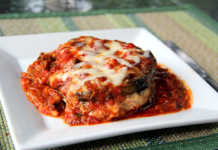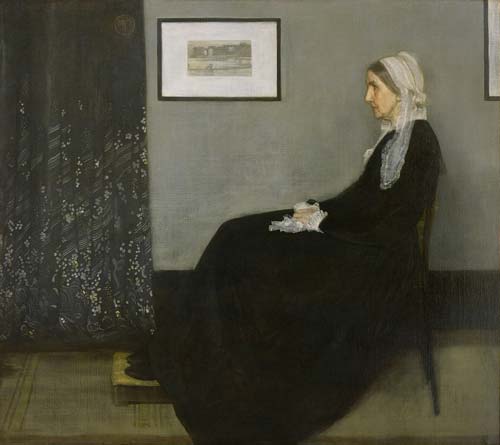Synaesthesia is a literary term that describes a mixing of the senses. James’ Whistlers painting mix the visual and aural. Like Turner, Whistler’s pictures depict colours that blend into each other, distinct shapes that appear to dissolve into the landscape and visceral beauty of nature.
Whistler titled many of paintings as “arrangements”, “harmonies” and “nocturnes”. Whistler said “As music is the poetry of sound, so is painting the poetry of sight, the subject matter has nothing to do with harmony of sound or colour.”
Whistler believed that art should be appreciated for art’s sake. He did not believe that art should have a didactic purpose or hold value judgements. Whistler’s art is aesthetically pleasing. He focused on the elements that could be seen on the surface of canvas such as patterns, colour and the interaction of light and shade. This focus shifted the attention to the medium alone rather than the model or the landscape represented.
Nocturnes kick started the abstract movement that produced pieces by Jackson Pollock and Mark Rothko.

![5 Reasons You Should Travel Alone Airplane [image source: chau nguyen/ http://thedevilhatessweatpants.blogspot.com.au ], crowd ink, crowdink, crowdink.com, crowdink.com.au](https://crowdink.com/wp-content/uploads/2016/08/Chau-airplane-218x150.jpg)




























![5 Reasons You Should Travel Alone Airplane [image source: chau nguyen/ http://thedevilhatessweatpants.blogspot.com.au ], crowd ink, crowdink, crowdink.com, crowdink.com.au](https://crowdink.com/wp-content/uploads/2016/08/Chau-airplane-100x70.jpg)


